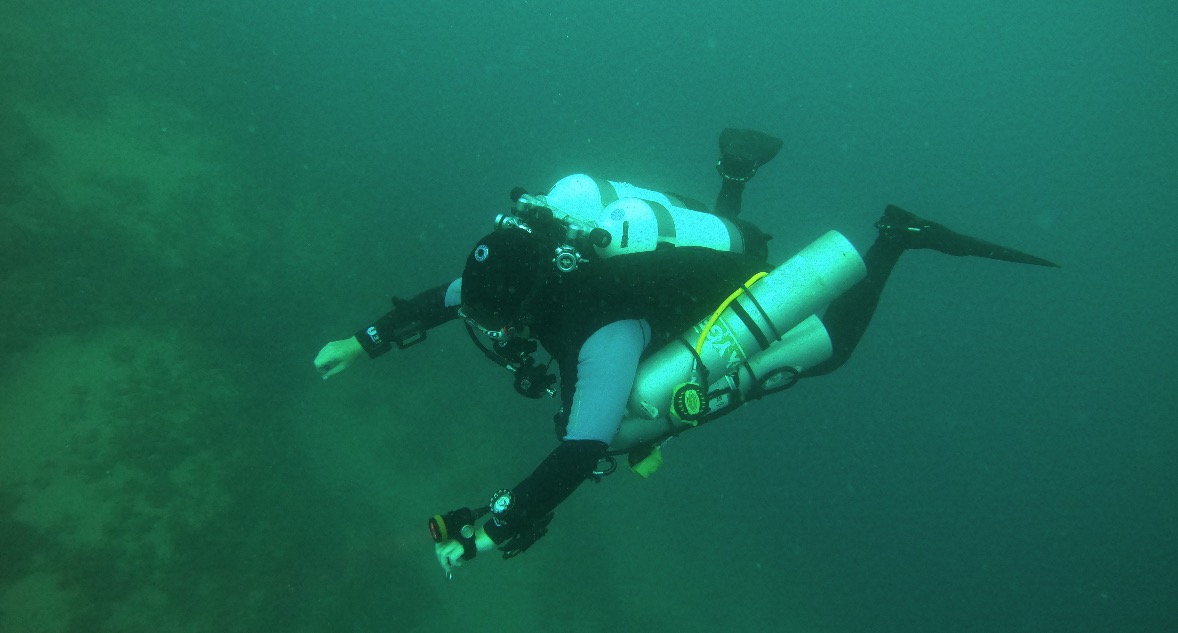Our fascination with the underwater world is as old as time itself. From the ancient divers of Greece to modern scuba enthusiasts, humans have always been drawn to the mysteries of the deep. Let’s embark on a journey through time to understand how scuba diving has evolved into the thrilling activity it is today! ??
?The Early Days: Ancient Divers
Initially, divers relied on their lung capacity to explore the underwater world. They held their breath and dived deep to gather food, work, and conquer the unknown. Stories from ancient Greece tell tales of Spartan divers sneaking past Athenian warriors and Greeks diving for moss, sponges, and oysters. ?
? The Birth of Snorkeling
To stay underwater longer, early divers used hollow reeds as makeshift breathing tubes. However, these tubes had their limitations. They forced divers to swim on their backs, limiting their view of the ocean floor. Ancient art also depicts divers using large sheep or goatskin breathing bags, but these too had their drawbacks. ?
? The Diving Bell: A Major Leap Forward
Around 330 B.C., Aristotle designed a diving bell for Alexander the Great. This upside-down bucket-like device was a significant advancement in diving technology. Divers used it as a base of operations, returning to it for fresh air. However, after a short time, the air inside the bell would become fouled with carbon dioxide, posing a grave danger to the divers. ?️
? The Advent of Diving Suits and Helmets
Centuries later, the first wearable diving suits and helmets were developed. These were essentially enclosed diving bells with watertight openings for arms. Major technological advancements came in the late 18th and early 19th centuries with the development of pumps capable of delivering air at depth under pressure. ?
? The Consequences of Diving Emerge
As divers began to spend more time underwater, they started experiencing physiological problems. These were initially mistaken for “rheumatism”. It wasn’t until the late 1870s that French physiologist Paul Bert studied the effects of gradual decompression, leading to the development of the decompression chamber. ?
? Jacques Cousteau and the Birth of SCUBA
In 1943, Jacques Cousteau and Emile Gagnan developed the demand regulator, allowing divers to breathe air at the proper pressure for their depth. This innovation, along with high-pressure compressors and cylinders, gave birth to the Self-Contained Underwater Breathing Apparatus, or SCUBA. For the first time, humans could explore the sea untethered. ?
? Modern-Day Scuba Diving
Today, scuba diving is a popular recreational activity. The major breakthroughs in technology and instruction have only occurred within the last 25 years. As we dive, we are entirely dependent on our training and equipment. The Diver’s Diamond of knowledge, skills, equipment, and experience work together to create the best possible diving experience. ?
?? Dive with Us at Diving in Lebanon!
If you’ve always dreamed of diving, you’re in the right place! At Diving in Lebanon, we’re passionate about diving and prioritize safety above all else. Our team guarantees a lot of fun and an unforgettable experience. ?
Whether you’re a beginner or an advanced diver, we have courses tailored for you. From Open Water Scuba Diving to Advanced/Deep Diver, we’ll help your dreams come true by opening the wonderful underwater world to you. ?
Our past divers have nothing but praise for our instructors and the experiences they’ve had. Ali K., a regular diver with us, says, “The team managed to coach me going through the Open Water, Advanced and Deep SSI certifications. I’m currently on my Nitrox speciality and totally enjoying the experience.” ?
Ready to dive into an adventure? Join us for an unforgettable time! Contact us today and let’s explore the underwater world together! ??
We seek adventure where others only dream. We are bound together by our love of the underwater world and our desire to protect it. ??



